Home>Furniture & Design>Bedroom Furniture>How To Soften A Hard Memory Foam Pillow
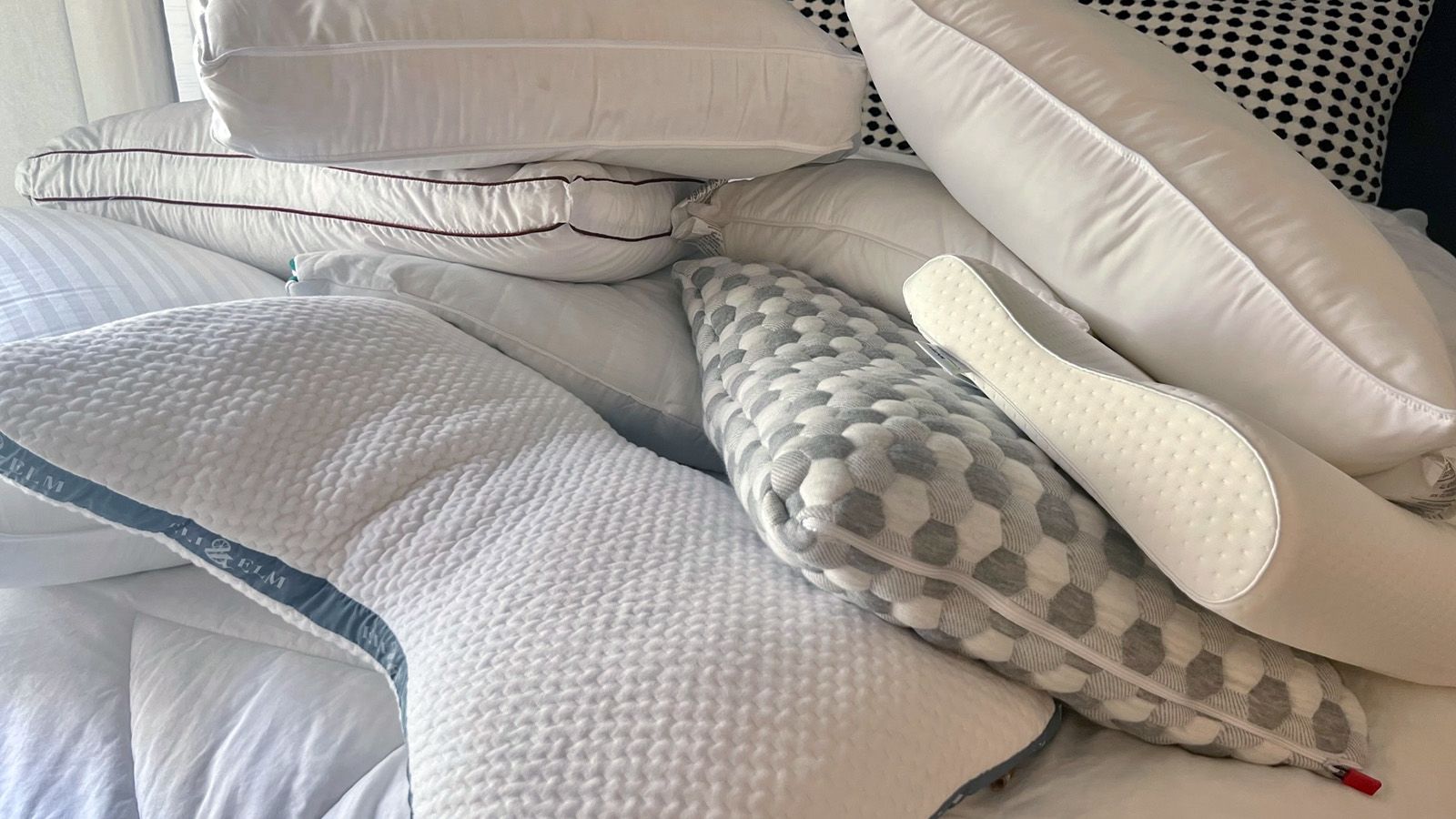

Bedroom Furniture
How To Soften A Hard Memory Foam Pillow
Modified: October 27, 2024
Learn how to soften a hard memory foam pillow with these simple tips. Revive your bedroom furniture and design for a more comfortable sleep.
(Many of the links in this article redirect to a specific reviewed product. Your purchase of these products through affiliate links helps to generate commission for Storables.com, at no extra cost. Learn more)
Introduction
Welcome to the world of memory foam pillows, where comfort and support intertwine to provide you with a restful night’s sleep. As you sink into the plush embrace of your memory foam pillow, you may encounter a common concern – the pillow becoming hard over time. This phenomenon can be perplexing and may leave you wondering how to restore your pillow to its former softness. In this guide, we will delve into the intricacies of memory foam pillows, explore the reasons behind their firmness, and equip you with effective methods to soften a hard memory foam pillow. By the end of this journey, you will be empowered with the knowledge to revitalize your beloved pillow, ensuring that your sleep sanctuary remains a haven of tranquility and relaxation.
Key Takeaways:
- Revive your hard memory foam pillow by airing it out in the sun and giving it a gentle massage to restore its plushness and comfort.
- Regularly fluff and shake your memory foam pillow to prevent it from becoming too firm, and spot clean spills promptly to maintain its softness.
Read more: What Is A Memory Foam Pillow
Understanding Memory Foam Pillows
Before we embark on the quest to soften a hard memory foam pillow, it’s essential to grasp the fundamental characteristics of this innovative bedding essential. Memory foam, also known as viscoelastic foam, is renowned for its ability to contour to the shape of your head and neck, providing personalized support and alleviating pressure points. This unique material was initially developed by NASA to enhance the safety and comfort of aircraft seats, and it has since revolutionized the realm of sleep technology.
Memory foam pillows are crafted from viscoelastic polyurethane foam, which reacts to body heat and pressure, molding itself to the curves of your head and neck. This adaptive quality ensures that your spine remains properly aligned, reducing the likelihood of waking up with stiffness or discomfort. Moreover, memory foam pillows are revered for their hypoallergenic properties, making them an ideal choice for individuals prone to allergies.
Another notable feature of memory foam pillows is their durability. When properly cared for, these pillows can maintain their shape and supportive properties for an extended period. However, as with any bedding accessory, they are susceptible to wear and tear over time, which can manifest as a loss of softness and resilience. Understanding the composition and benefits of memory foam pillows sets the stage for comprehending why they may become firm and how to effectively address this issue.
Why Memory Foam Pillows Become Hard
As you revel in the luxurious comfort of your memory foam pillow, it’s natural to wonder why this once-plush accessory has seemingly lost its softness and suppleness. Several factors contribute to the hardening of memory foam pillows, and understanding these influences is pivotal in devising an effective remedy.
One primary reason for the firmness of memory foam pillows is prolonged use. Over time, the constant pressure and weight exerted on the pillow can cause the foam to compact and lose its original loftiness. This compression diminishes the pillow’s ability to bounce back to its original shape, resulting in a perceptible firmness that detracts from its comfort.
Additionally, exposure to moisture can significantly impact the texture of memory foam pillows. Whether due to humidity or accidental spills, moisture can infiltrate the foam, leading to a hardening effect. This is particularly prevalent in humid climates or if the pillow is not adequately protected from dampness.
Another factor contributing to the firmness of memory foam pillows is inadequate ventilation. Without proper airflow, the foam can trap heat and moisture, fostering an environment conducive to hardening. Furthermore, the accumulation of body oils, sweat, and skin particles can compromise the pillow’s softness and contribute to an unwelcome firmness.
Furthermore, the natural breakdown of the foam’s cellular structure over time can lead to a reduction in its softness and resilience. As the pillow ages, the foam may lose some of its elasticity and pliability, resulting in a perceptible firmness that detracts from its original allure.
Understanding the reasons behind the hardening of memory foam pillows empowers you to take proactive measures to mitigate these effects and restore your pillow to its former state of blissful softness. By addressing these underlying causes, you can effectively rejuvenate your memory foam pillow and prolong its lifespan, ensuring many more nights of restful slumber.
Methods to Soften a Hard Memory Foam Pillow
Reviving a hard memory foam pillow requires a thoughtful approach that addresses the underlying causes of its firmness. By employing the following methods, you can breathe new life into your beloved pillow, reclaiming its plushness and ensuring a rejuvenating sleep experience.
1. Sunlight and Fresh Air
Take advantage of a sunny day by placing your memory foam pillow outdoors in a well-ventilated area. The combination of sunlight and fresh air can help dissipate moisture and odors trapped within the foam, revitalizing its softness. Ensure that the pillow is positioned away from direct sunlight to prevent overheating, and allow it to air out for several hours to facilitate the restoration process.
Read more: How To Use A Memory Foam Pillow
2. Gentle Massage
Give your memory foam pillow a gentle massage to help redistribute the foam and alleviate any compacted areas. Using circular motions, lightly knead the pillow to encourage the foam to regain its original loft and suppleness. This method can help break up any hardened sections and promote a more uniform texture throughout the pillow.
3. Fluffing and Shaking
Regularly fluff and shake your memory foam pillow to prevent the foam from settling and becoming excessively firm. Vigorous fluffing can help aerate the foam and prevent it from compacting, ensuring that it retains its soft and supportive qualities. Additionally, gently shaking the pillow can dislodge any trapped debris and promote airflow within the foam.
4. Temperature Control
Regulate the temperature and humidity in your sleeping environment to prevent moisture from seeping into the memory foam pillow. Using a dehumidifier or ensuring proper ventilation can mitigate the effects of humidity, preserving the pillow’s softness. Additionally, employing a breathable pillowcase and maintaining a comfortable room temperature can contribute to the longevity of the pillow’s plush feel.
5. Spot Cleaning
If your memory foam pillow has been exposed to spills or stains, it’s crucial to address these promptly to prevent the accumulation of moisture and the development of odors. Use a mild detergent and water to spot clean the affected areas, taking care to thoroughly rinse and dry the pillow to prevent moisture-related hardening.
By implementing these methods, you can effectively soften a hard memory foam pillow, prolonging its lifespan and preserving its luxurious comfort. Consistent care and maintenance will ensure that your memory foam pillow remains a cherished companion, providing you with the restorative sleep you deserve.
Read more: How To Dry A Memory Foam Pillow
Conclusion
Embarking on the journey to soften a hard memory foam pillow unveils a realm of possibilities to restore its plushness and revitalize your sleep sanctuary. By understanding the unique properties of memory foam pillows and the factors that contribute to their firmness, you are equipped with the knowledge to proactively address this common concern. Through the application of gentle techniques such as sunlight exposure, gentle massage, and fluffing, you can breathe new life into your memory foam pillow, ensuring that it continues to cradle you in comfort night after night.
As you navigate the realm of memory foam pillows, it’s essential to prioritize consistent care and maintenance to preserve their softness and supportive qualities. By regulating environmental factors, such as temperature and humidity, and promptly addressing spills or stains, you can safeguard your pillow against the effects of hardening and prolong its longevity.
Ultimately, the quest to soften a hard memory foam pillow transcends the restoration of its texture; it embodies a commitment to nurturing your sleep environment and prioritizing your well-being. A rejuvenated memory foam pillow serves as a steadfast companion, promoting restful slumber and ensuring that you awaken each morning feeling refreshed and invigorated.
By infusing your care routine with these thoughtful practices, you can savor the enduring comfort and support of your memory foam pillow, reveling in the blissful respite it offers. Embrace the art of pillow rejuvenation, and let the soft embrace of your memory foam pillow envelop you in tranquility, night after night.
Frequently Asked Questions about How To Soften A Hard Memory Foam Pillow
Was this page helpful?
At Storables.com, we guarantee accurate and reliable information. Our content, validated by Expert Board Contributors, is crafted following stringent Editorial Policies. We're committed to providing you with well-researched, expert-backed insights for all your informational needs.
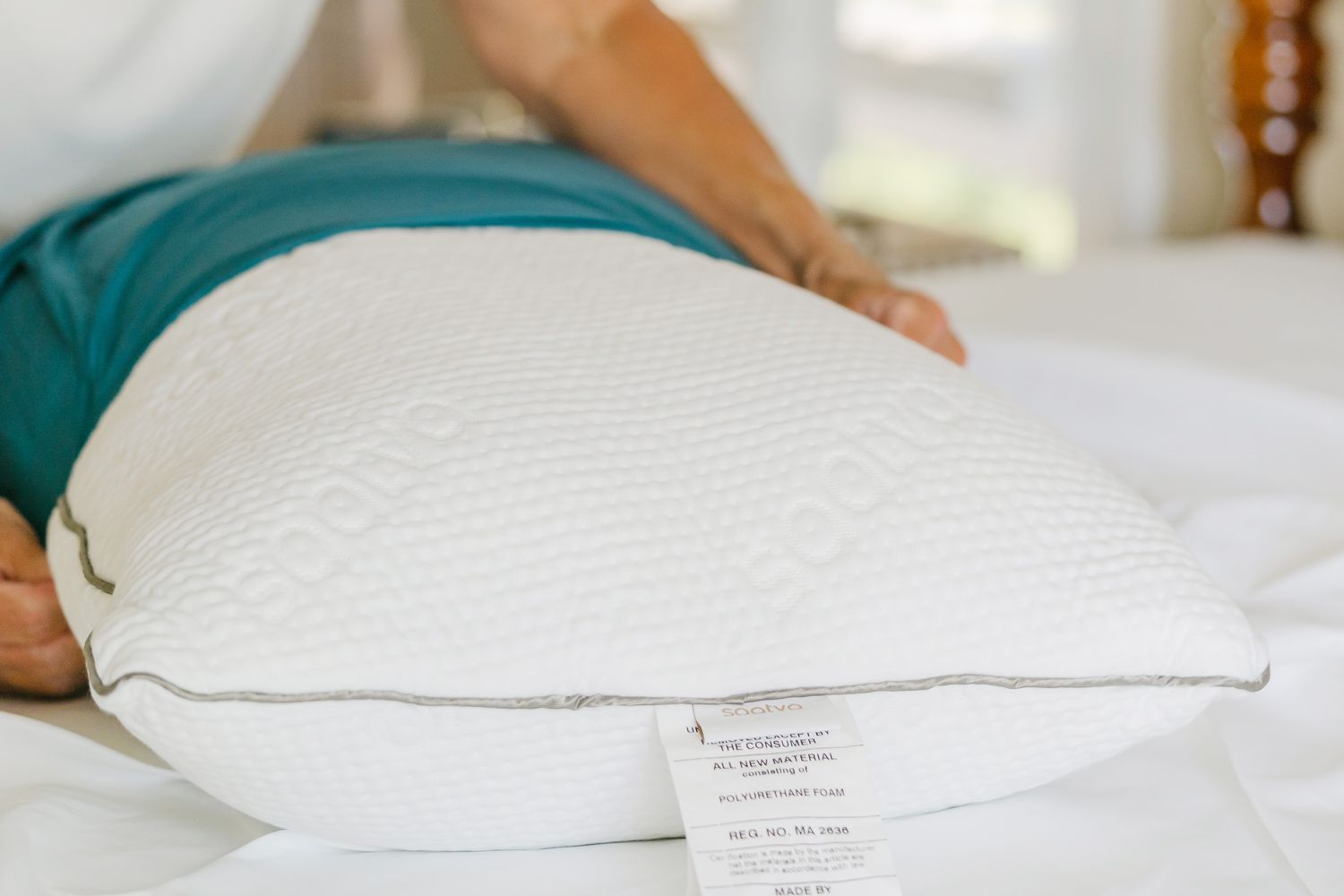
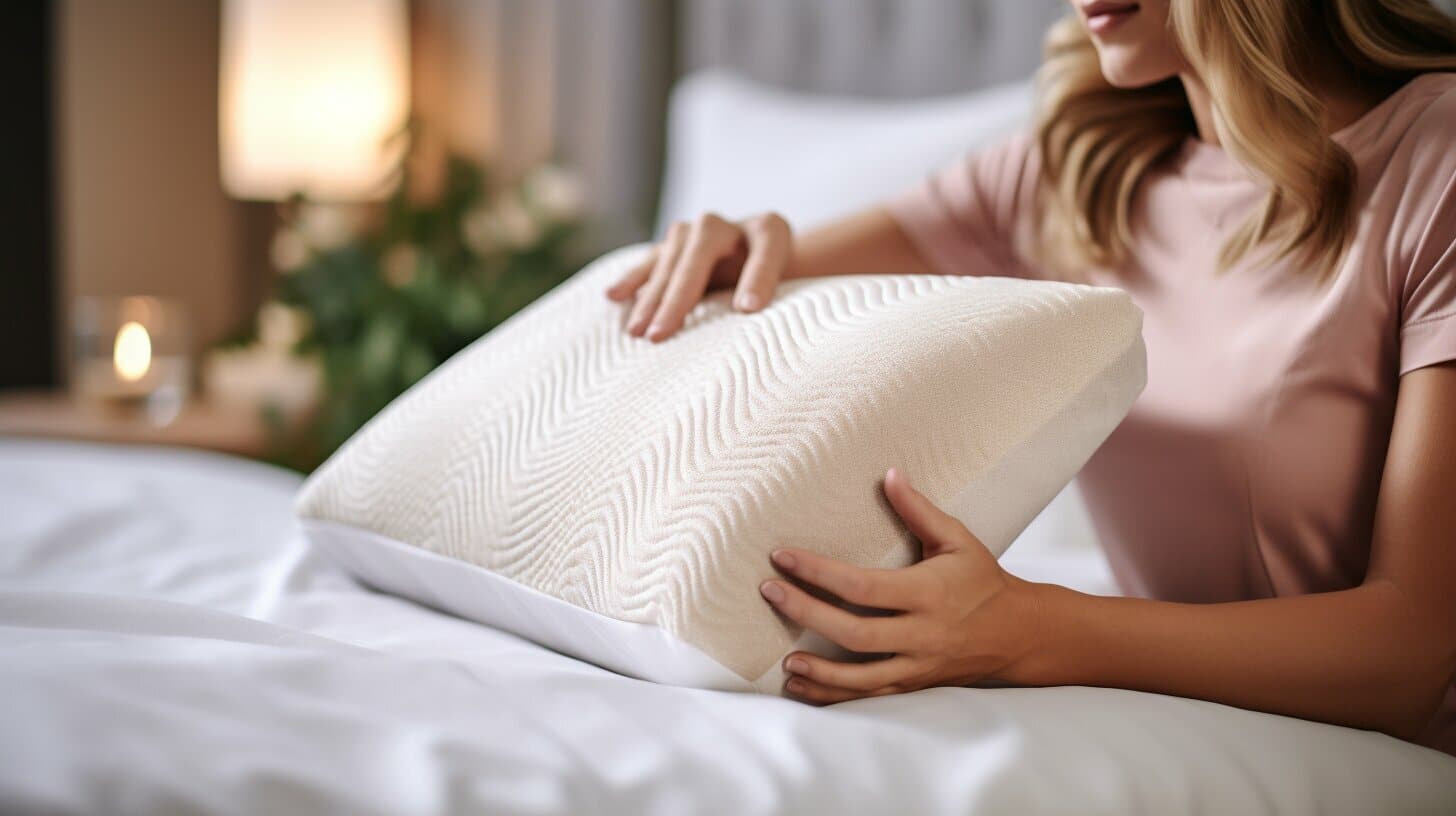
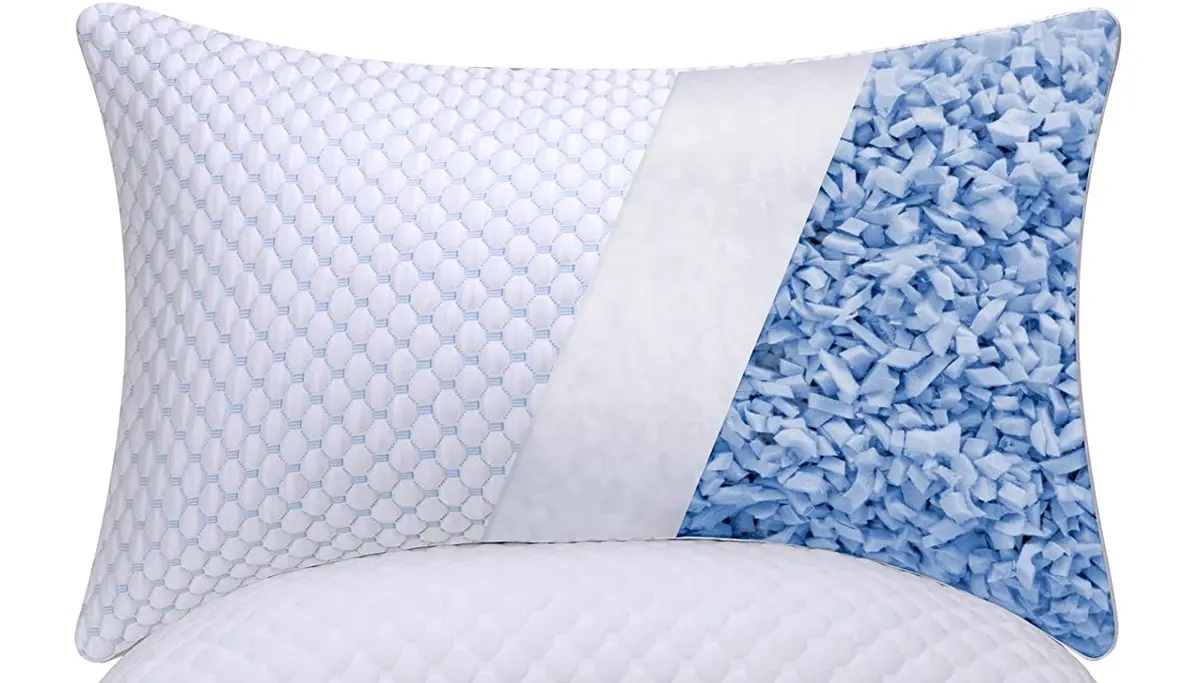
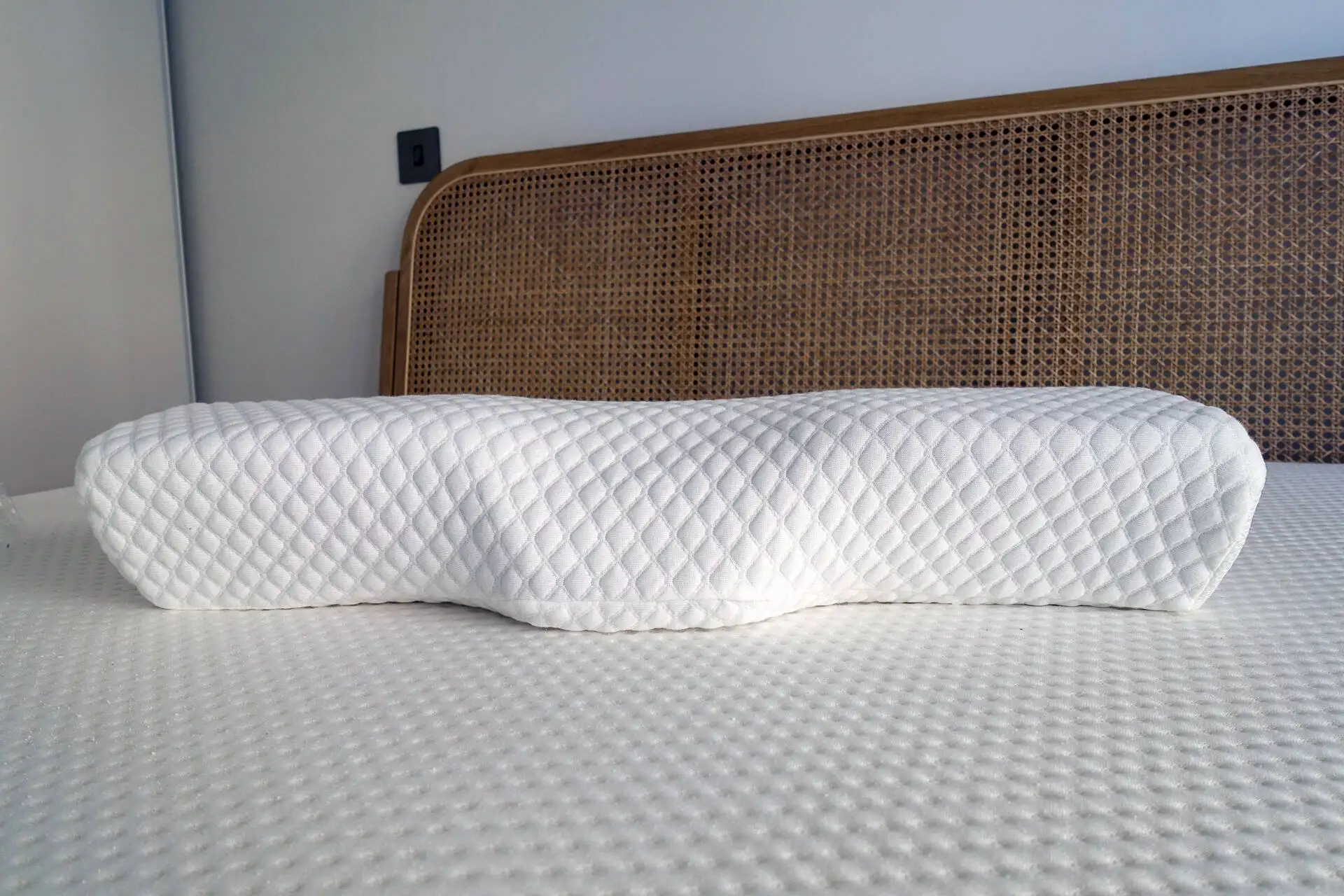
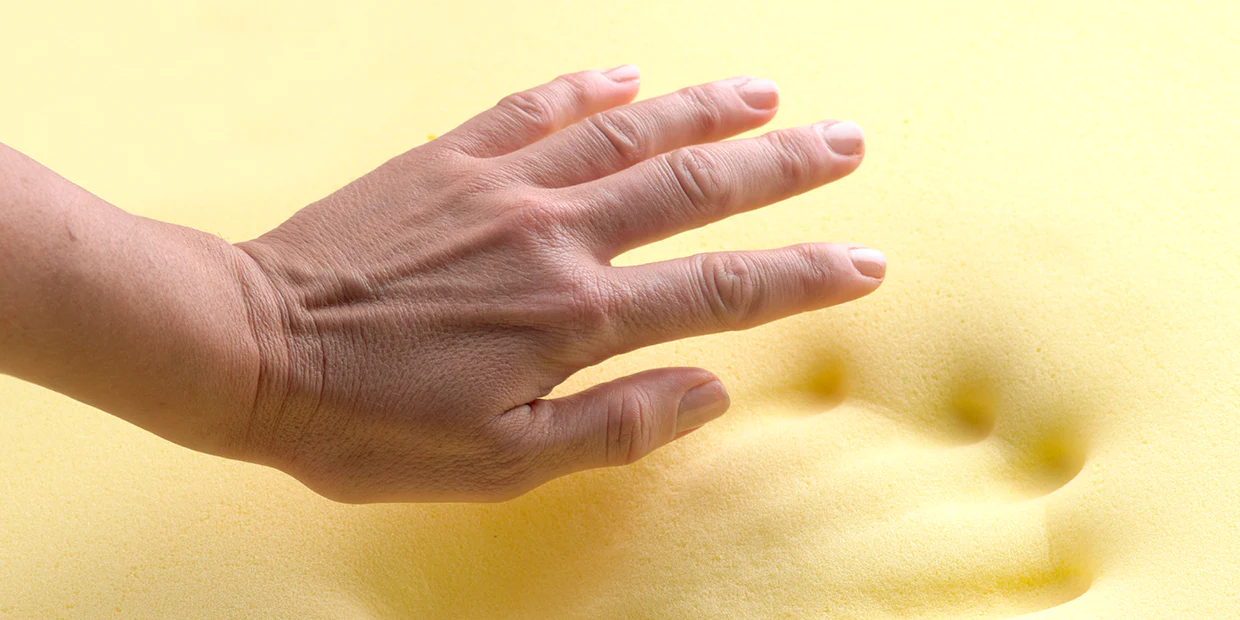
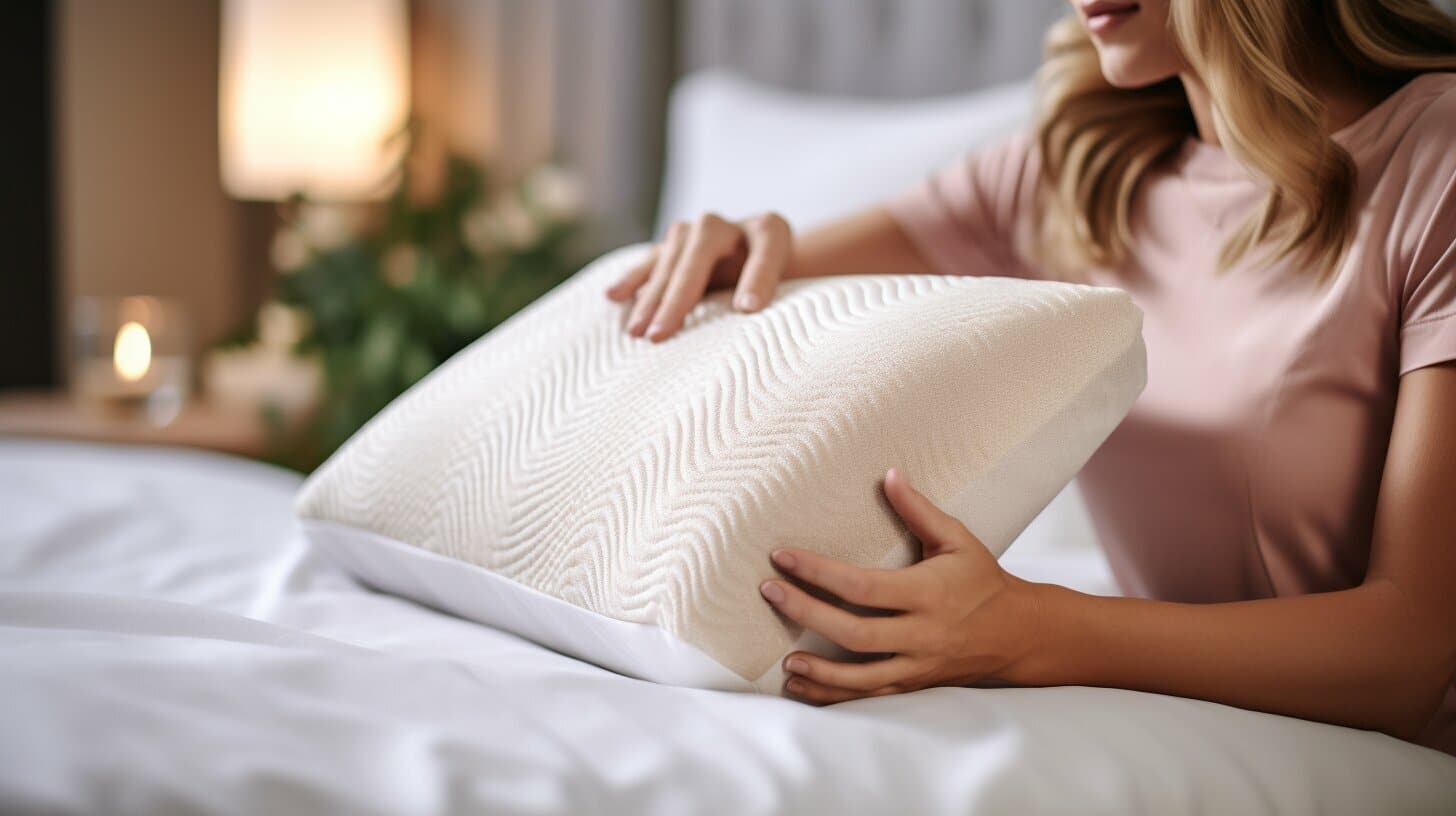
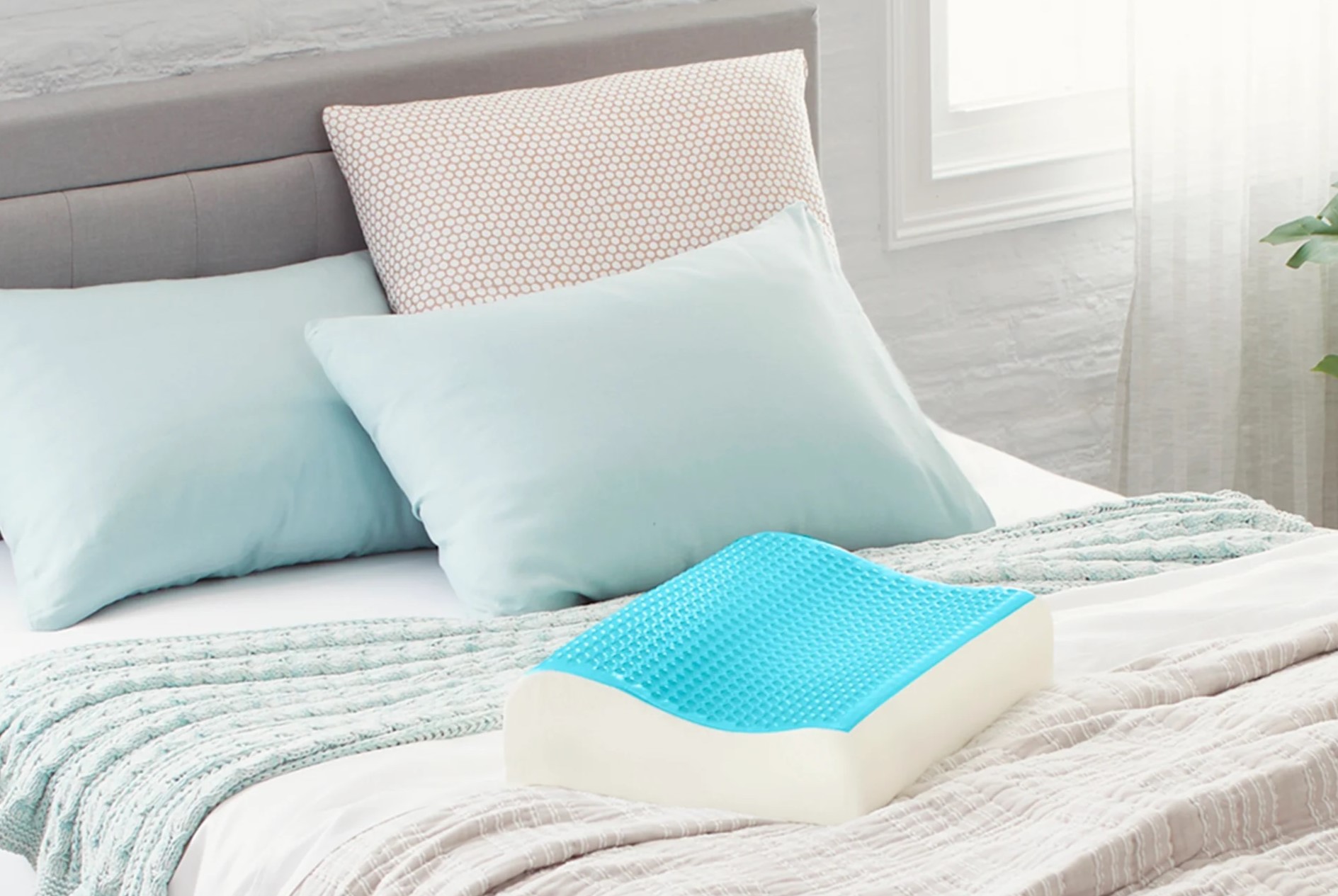
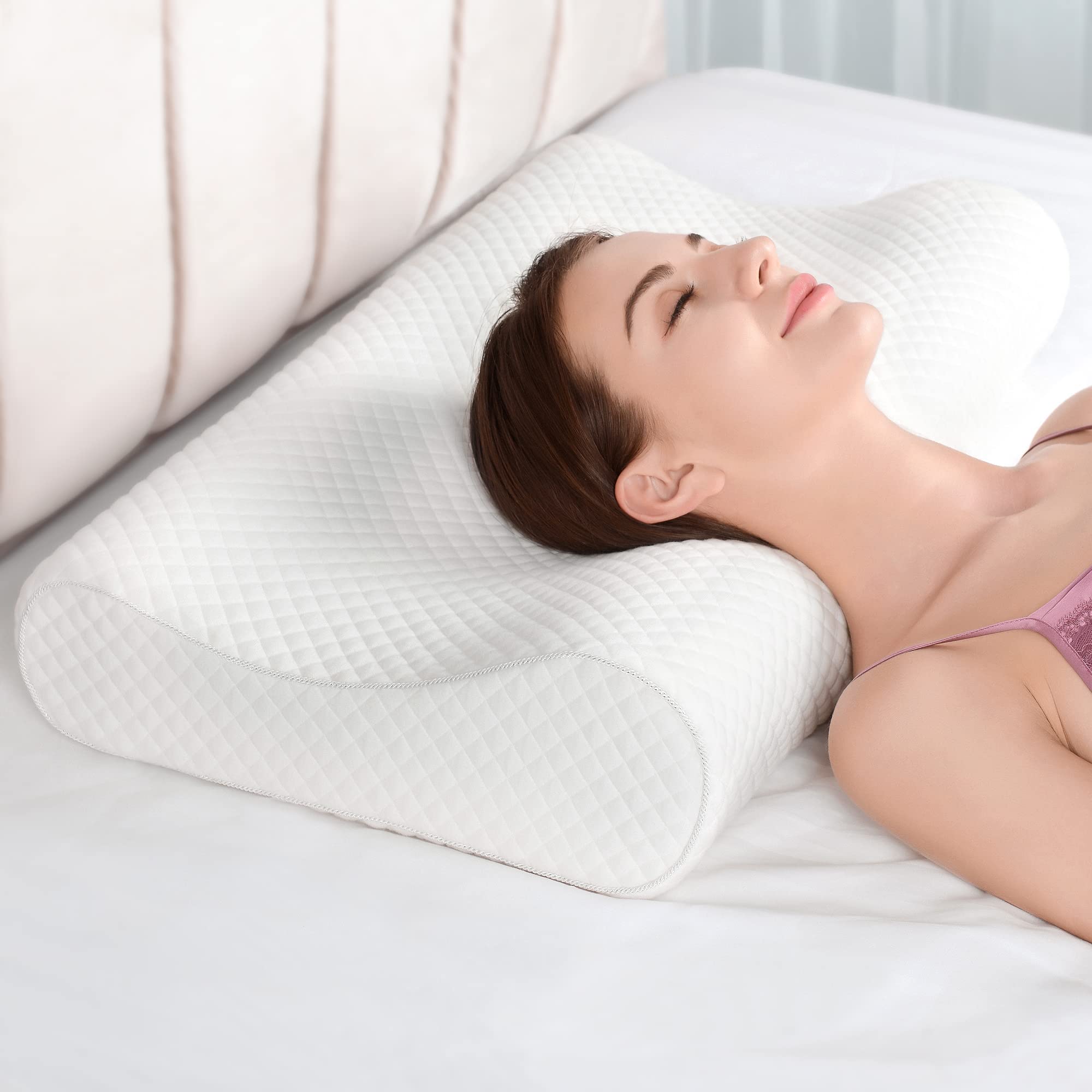
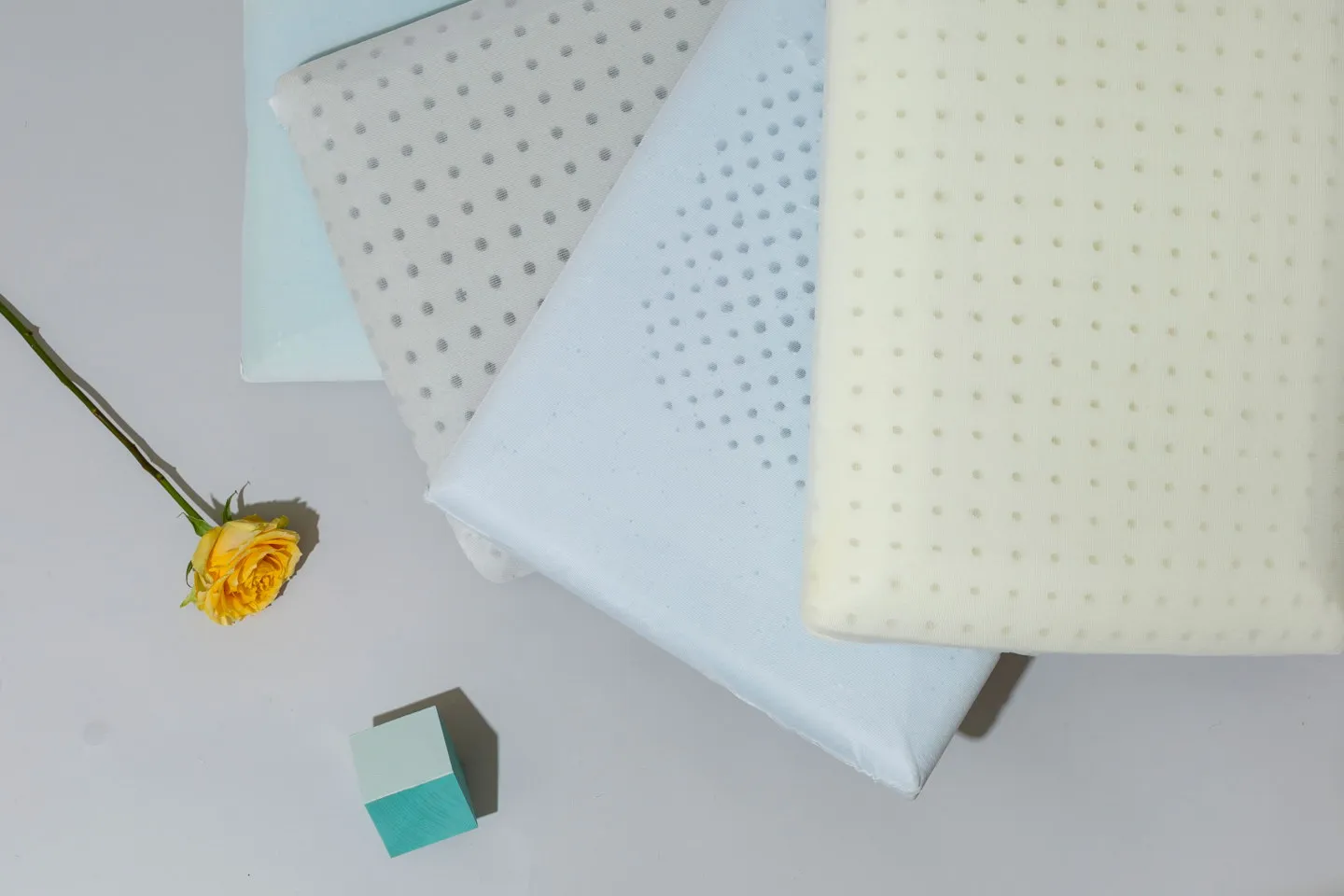
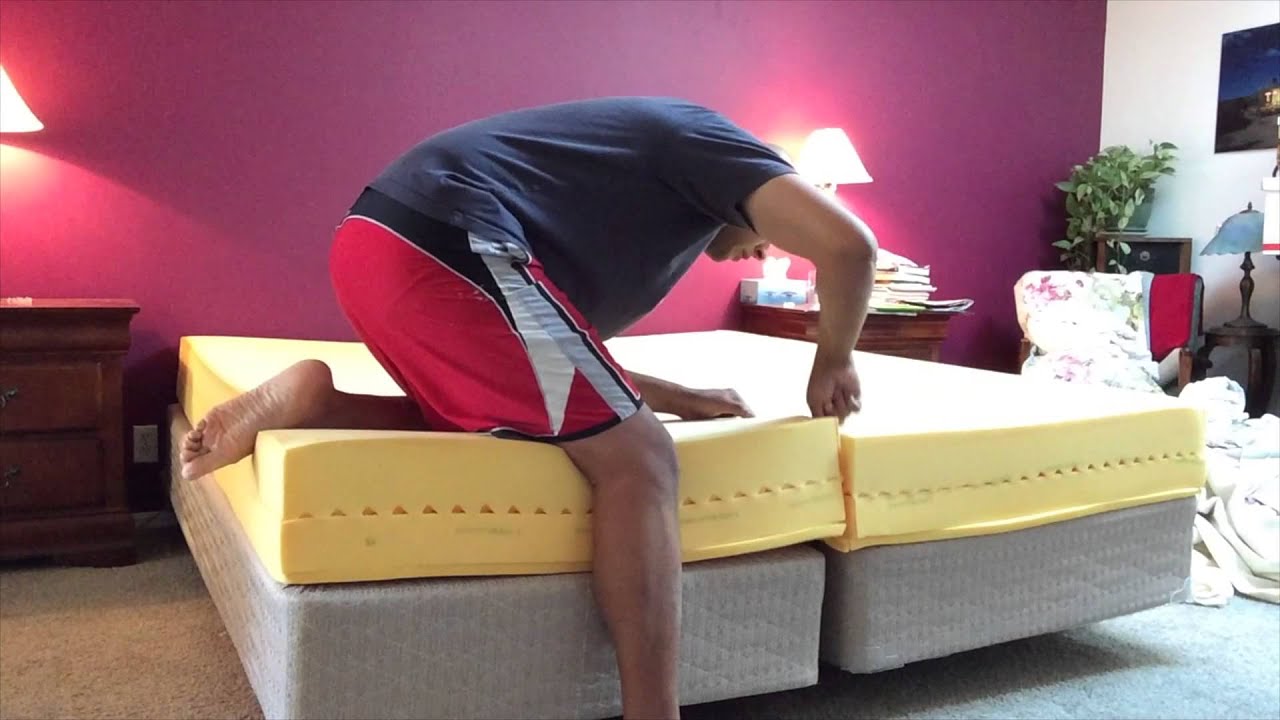
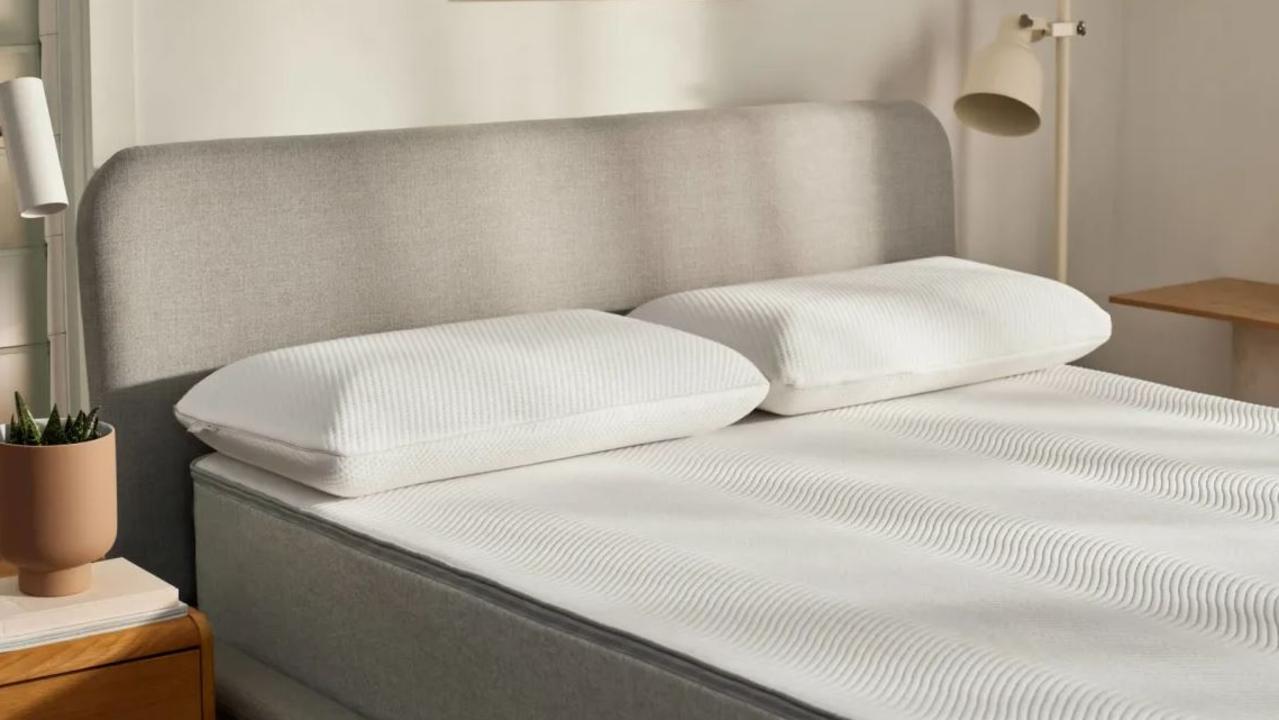
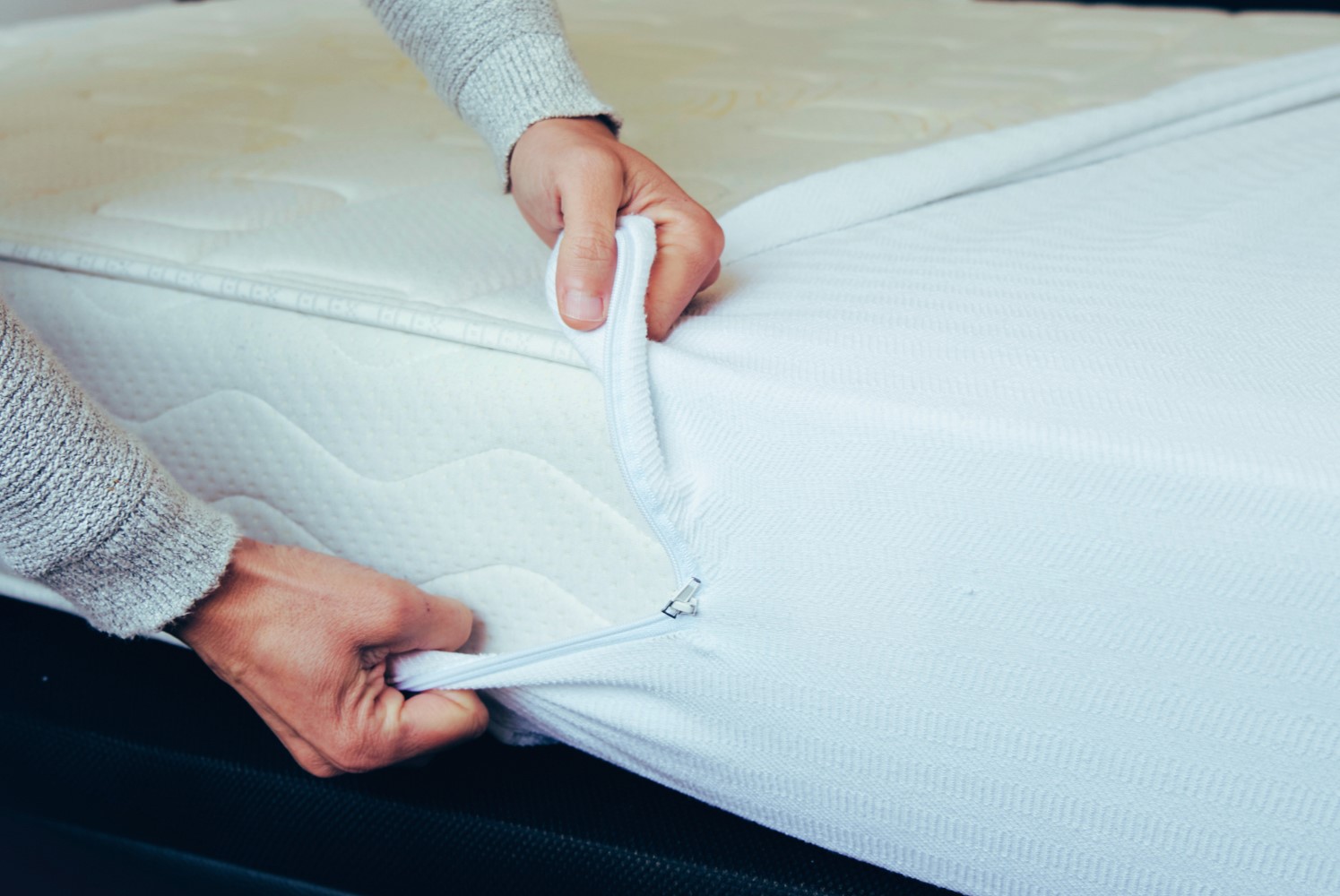
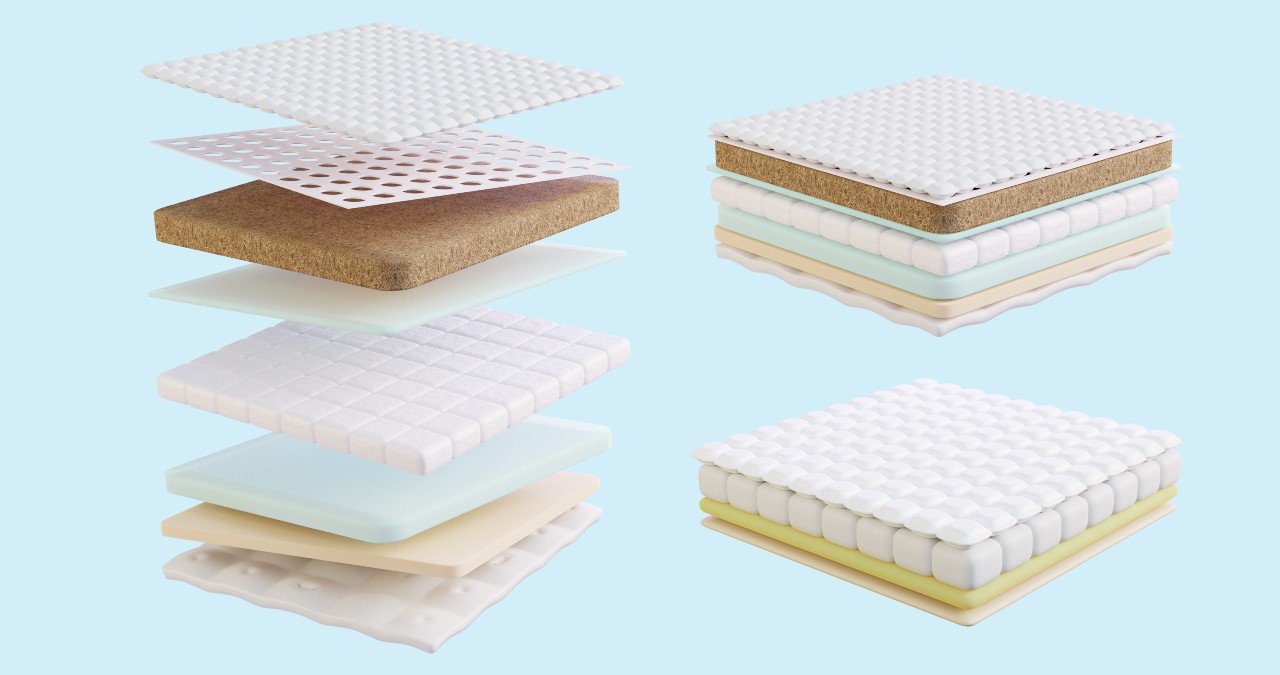

0 thoughts on “How To Soften A Hard Memory Foam Pillow”